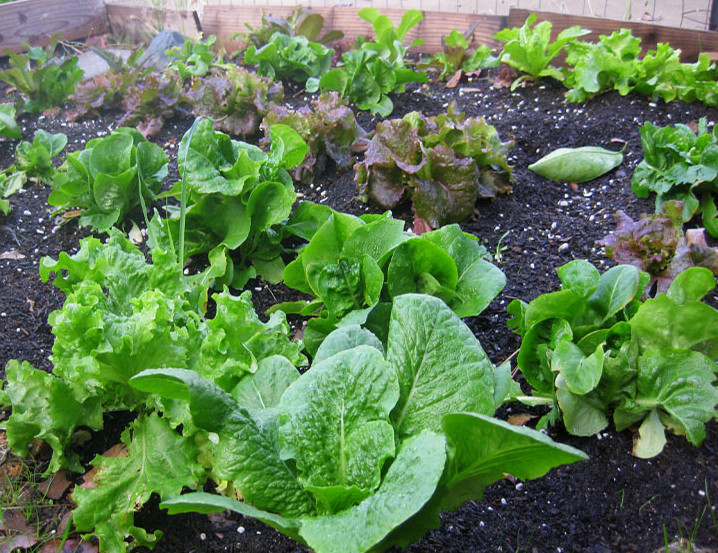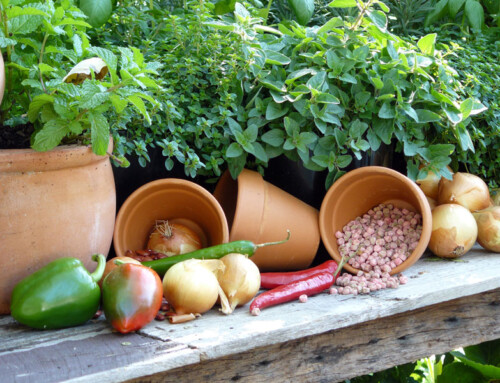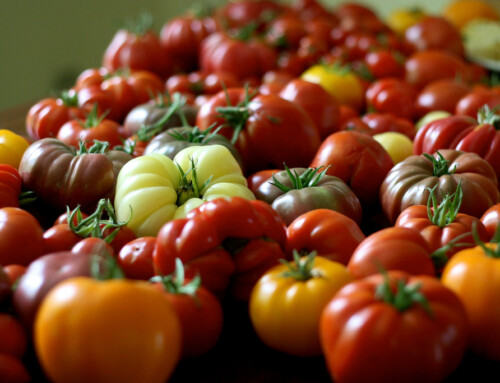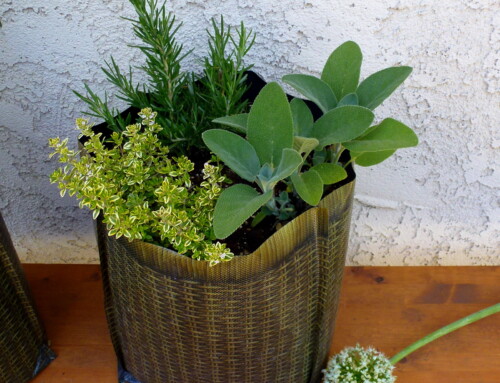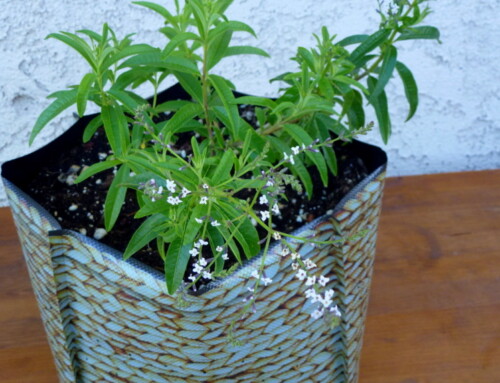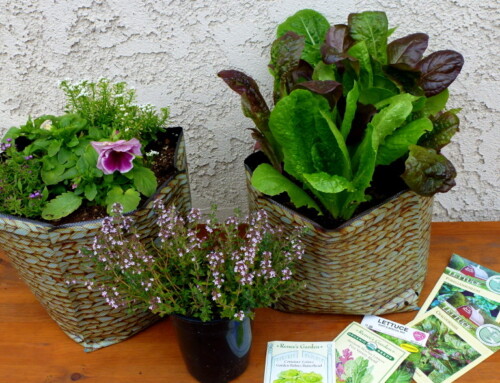Rotating vegetable crops in your garden is one of the best organic techniques used to encourage healthy plant growth from season to season. There are two styles of crop rotation that you can apply; most gardeners find that both are beneficial depending on what you’re trying to achieve. Here’s how they work…
The first crop rotation technique is based on rotating plant families, which offers some natural pest and disease protection. The second way involves rotating plants according to each crop’s nutritional demands. In this case, you’re actually focused on soil fertility as opposed to warding off trouble. Both crop rotation styles are sound, proven practices that help preserve biological soil diversity.
Rotating Plant Families
Planting vegetables into different beds each season prevents disease build up (specific to a plant family) in the soil, as well as discourages pest attacks. The goal is to keep crops from being planted in their original beds for several years. Let’s use a garden that has four garden beds as an example.
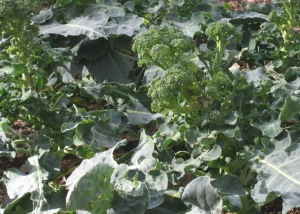 The first bed is planted with broccoli and kale (from the mustard family). During that growing season, various pests and diseases that find this family irresistible will be on the lookout for potential host crops and may (or may not) find this first bed and begin to set up camp. Before they can become too comfortable, things change again when you rotate your crops.
The first bed is planted with broccoli and kale (from the mustard family). During that growing season, various pests and diseases that find this family irresistible will be on the lookout for potential host crops and may (or may not) find this first bed and begin to set up camp. Before they can become too comfortable, things change again when you rotate your crops.
The next time, you rotate the broccoli and kale to the garden bed next door. And in the first bed now are peppers and tomatoes (the nightshade family). In a 4-bed garden rotation, it would take the broccoli and kale four years (or growing seasons) to end up back in the first bed again.
Vegetable Families
Here are the different vegetable families to help you with your crop rotation efforts:
- Mustard Family (Brassicaceae): Arugula, Asian greens (bok choy), Broccoli, Brussels sprouts, Cabbage, Collard greens, Kale, Kohlrabi, Mustard greens, Radishes, Turnips
- Nightshade Family (Solanaceae): Eggplant, Peppers, Potatoes, Tomatillos, Tomatoes
- Gourd Family (Curcurbitaceae): Cucumbers, Melons, Pumpkins, Squash, Watermelon
- Pea Family (Fabaceae): Beans, Fava beans, Peas, Soybeans (edamame)
- Carrot Family (Apiaceae): Carrots, Celery, Cilantro, Dill, Fennel, Parsley, Parsnips
- Beet Family (Chenopodiaceae or Amaranthaceae): Beets, Quinoa, Spinach, Swiss chard
- Onion Family (Alliacaeae): Chives, Garlic, Leeks, Onions, Shallots
- Sunflower Family (Asteraceae): Endive, Lettuce, Radicchio
Crop Rotation For Soil Fertility (Nutrition)
For this crop rotation technique, the focus is on the nutritional needs of the plants. In fact, this type of crop rotation prevents the hungriest plants from depleting the soil of nutrients, and may actually improve soil fertility.
While all plants need some of every type of nutrient (and micronutrient) to some degree, we’re going to focus on the three biggest: nitrogen, phosphorus, and potassium (NPK).
Consider which part of the plant you are harvesting: leaf, root, flower or fruit. This will help you understand which nutrients are most important.
Leafy crops – These plants are grown for their leaves, or at least their above ground and green foliage parts. In the case of broccoli and cauliflower we’re actually eating unopened flowers, but we’re eating them while they’re immature and “green” so they also belong with this group. The “flower” category is saved for the legumes below. Leafy crops need nitrogen in the soil to produce the lush leaves that end up on our plates.
Root crops — We’re looking for that which grows underground. These crops need more potassium than the others for good root development.
Flower crops — This is the legume family (beans, peas, etc), which gets its own group. Legumes have the capability to fix atmospheric nitrogen in their roots, so they actually add nutritional value to the soil. Rotate leafy crops into this bed next for a nitrogen boost.
Fruit crops — These plants are harvested for their fleshy-vegetable-parts that contain the seeds or the “fruit.” This includes plants like tomatoes and cucumbers, which we often consider vegetables. In fact, the word “vegetable” is a culinary term; not a horticultural one. Ever had lush, but nearly fruitless tomato plants? That happens when someone over-loved them with nitrogen. In this fruit group, phosphorus is an important nutrient.


